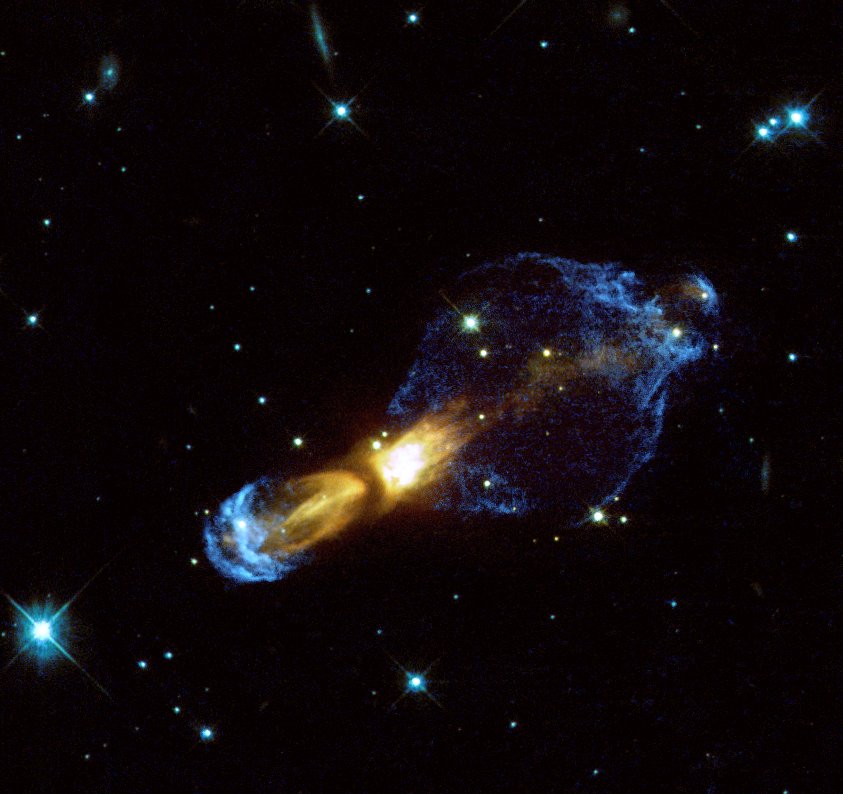
Rotten eggs have a very distinctive smell. The odour is caused by a gas called hydrogen sulphide (H2S). It is easy to make by reacting iron sulphide with hydrochloric acid…

One molecule of iron sulphide reacts with two molecules of hydrochloric acid to produce one molecule of iron chloride and one molecule of hydrogen sulphide.
Hydrogen sulphide is very toxic; similar in potency to hydrogen cyanide and carbon monoxide. It is a broad spectrum poison because it interferes with several bodily processes. Most significantly, it interrupts respiration by stopping the work of the mitochondrial cytochrome enzymes. Cytochrome is an iron containing enzyme that makes ATP (the energy carrying molecule within mitochondria). Hydrogen sulphide is a natural by-product of being alive so the body is able to deal with a certain amount. At about 350 ppm (parts per million) it starts to kill off the sense of smell so people who die from H2S poisoning rarely notice the smell.
Oxygen and sulphur are in the same column of the periodic table. This means that there are some similarities between the H2S molecule and the H2O molecule.

Eggs start to produce hydrogen sulphide when they rot because bacteria break down the sulphur-containing proteins in the yolk. Many other foods contain sulphur, such as garlic, leaks, onions and peppers. I have already written about how sulphur is important inside the human body, the effects of acid rain and other sulphur related topics in the last few days.

The Calabash Nebula (a huge cloud of gas/dust in which planets are forming – 5,000 light years away from Earth) is also known as the Rotten Egg Nebula because it contains unusually high levels of sulphur. If you have read this post you will know that the sulphur must have been formed inside a star. The bright centre of the nebula is a star ejecting material (including sulphur) at millions of kilometres per hour.
Questions…
- How would you make some iron sulphide in the lab?
- From the text, give me an example of a salt.
- Which structures inside cells are responsible for respiration?
- Which structures in cells make proteins (such as the cytochrome enzyme)?
- Give an example of (i) a specialised animal cell and (ii) a specialised plant cell.
- From what type of molecules are proteins made?

Comments